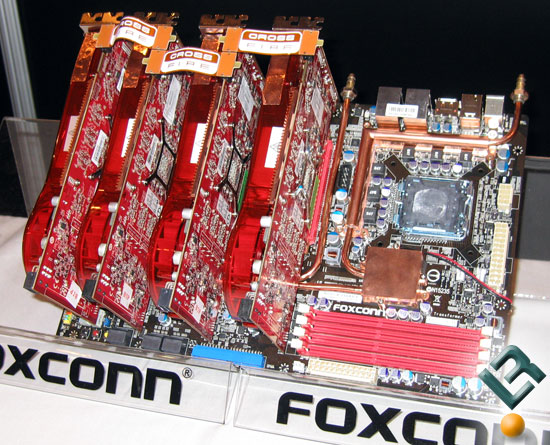 Economist story posted today.
Economist story posted today.
The reality of moving on up:
WITH more than 1m workers, Foxconn may be China’s largest private employer. The secretive electronics giant is renowned for taking designs from Western firms, such as Apple, and using cheap labour to crank them out in huge quantities. But its fantastically successful business model seems to have run its course.
At a closed retreat in late July, Terry Gou, the chief executive of the Taiwanese-owned company (which is also known as Hon Hai), unveiled a plan to hire 1m robots by 2013. In a public statement, Foxconn talked about moving its human workers “higher up the value chain” and into sexy fields such as research. But at least some will surely lose their jobs.
FT said earlier (8/2) that workers' pay is expected to rise 20-30% a year! It rose 30-40% last year. That makes robots look a lot better. So did the worker suicides and labor unrest that set those pay raises in motion last year.
But here's the trickier point the Economist makes: Foxconn isn't known for handling complex technology; it's known for throwing labor efficiently at assembly tasks, so plenty of risk there too.
All this is to say, as China ages demographically and seeks to move up that value chain, it'll get magnificently harder to make sufficient numbers of jobs appear every year.
There is no "miracle" in catching up to the West. It's been done repeatedly by Asian economies. The miracle comes in staying on top - much less vaulting ahead.
Yes, China will have a bigger aggregrate economy than the US at some point. With four times the people this is only natural and desirable. But China will be saddled with a massive welfare state eventually, and this story explains some of the reasons why.
Remember that: This is not a new form of capitalism here - nor an improved one. It's a recognized model for catching up that doesn't really have a clue about what to do once that's achieved - the damaged environment being hidden problem #1.
The rest is hype.